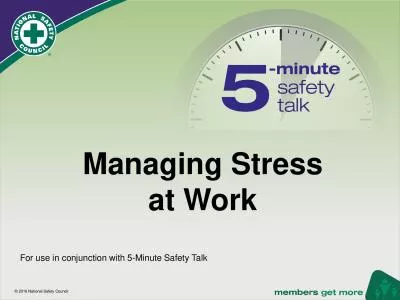PDF-Recipes For A Healthy Chagrin River Take A Minute In
Author : alida-meadow | Published Date : 2015-04-19
Make A Change Take an idea from our recipe book make a change then repeat the cycle Spread The Word Spread the word at home at work in school Plant an idea with
Presentation Embed Code
Download Presentation
Download Presentation The PPT/PDF document "Recipes For A Healthy Chagrin River Tak..." is the property of its rightful owner. Permission is granted to download and print the materials on this website for personal, non-commercial use only, and to display it on your personal computer provided you do not modify the materials and that you retain all copyright notices contained in the materials. By downloading content from our website, you accept the terms of this agreement.
Recipes For A Healthy Chagrin River Take A Minute In: Transcript
Download Rules Of Document
"Recipes For A Healthy Chagrin River Take A Minute In"The content belongs to its owner. You may download and print it for personal use, without modification, and keep all copyright notices. By downloading, you agree to these terms.
Related Documents

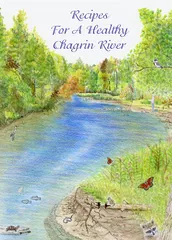

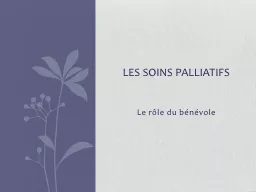


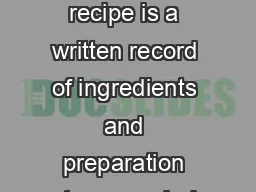


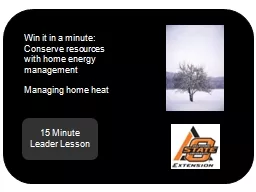

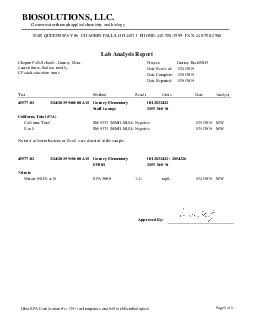
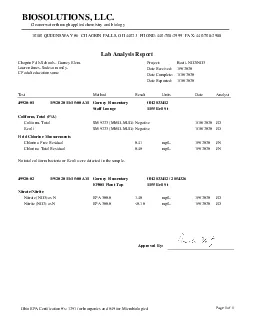
![[DOWNLOAD] Recipes: Recipes Planner for You, Notebook For Recipes, Family Recipes Journal,](https://thumbs.docslides.com/1005304/download-recipes-recipes-planner-for-you-notebook-for-recipes-family-recipes-journal-yellow-cover-110-pages-lined-paper-8-5-x-11.jpg)
